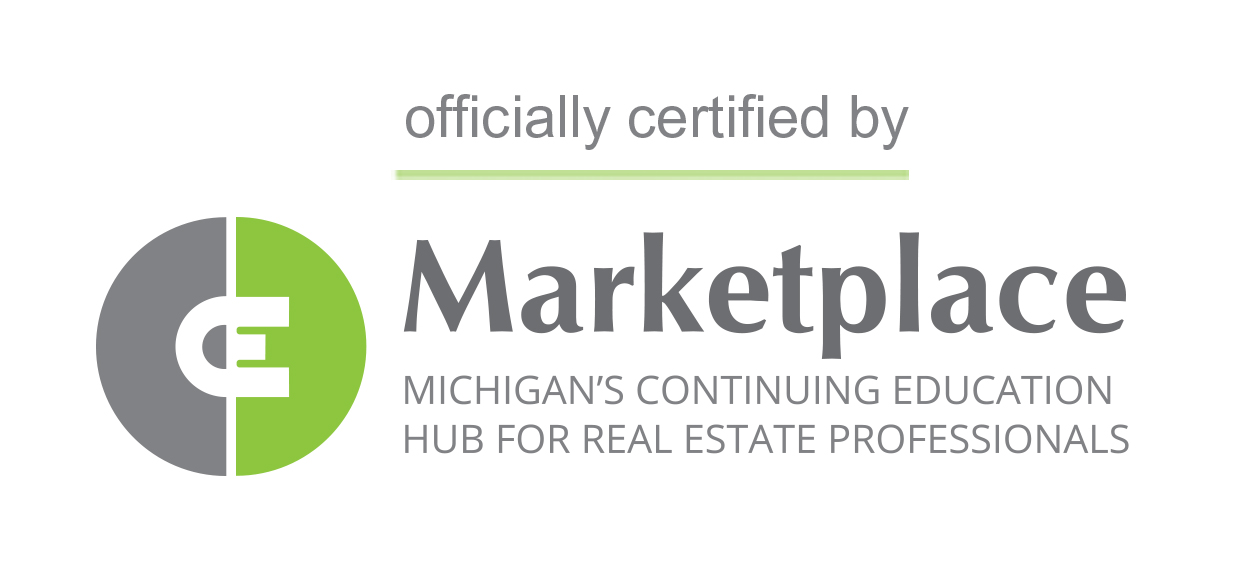In the serene confines of your home, a hidden menace could be lurking – water damage. As a seasoned mold remediator with a specialization in mold removal, I am well aware of the havoc water damage can wreak. In this article, we'll delve into the world of water damage, uncovering its potential consequences, the telltale signs, high-risk zones, and the crucial steps you can take to safeguard your home from its clutches.
1. Unraveling the Disaster: What is Water Damage?
Understanding Water Damage
Water damage is more than just a damp spot on the ceiling; it's a multifaceted catastrophe that can stem from various sources – leaks, floods, burst pipes, and more. Its consequences can span from structural damage to mold infestations.
2. The Hidden Dangers of Water Damage
Structural Undermining
Water damage doesn't just mar the aesthetics; it can erode the very foundation of your home. I vividly recall a home where persistent water leaks led to extensive structural damage, causing floors to sag and walls to crack.
Mold Growth and Health Concerns
The silent accomplice of water damage is mold growth. Mold thrives in damp environments, and if water damage isn't addressed promptly, mold can take over.
3. The Signs of Impending Disaster: How to Detect Water Damage
Visual Clues
Water damage often leaves visual evidence – stains, discoloration, and peeling paint. It's crucial to pay attention to these signs. I encountered a case where a homeowner disregarded a small stain on the ceiling, only to later discover a major leak.
Odor Alarms
Your nose can be an ally in detecting water damage. Musty or damp odors often accompany water issues. A client once thought the smell in their basement was just a passing nuisance, only to realize it was a clear indication of water damage.
4. High-Risk Zones: Where Water Damage Lurks
Bathrooms and Kitchens
Bathrooms and kitchens are hotspots for water damage due to plumbing fixtures and appliances. Regularly inspecting and maintaining these areas is essential. A client's story comes to mind – they experienced a leaking pipe under the sink that went unnoticed until significant damage had occurred.
Basements and Crawl Spaces
Dark and damp, basements and crawl spaces are also prone to water damage. I collaborated with a homeowner who invested in proper drainage solutions for their basement, preventing water damage that could have led to mold growth.
5. The Aftermath: Coping with Water Damage Fallout
Quick Action is Key
When it comes to water damage, procrastination can lead to disaster. Quick action is key to minimizing damage and costs. I recall an instance where a homeowner's swift intervention after a roof leak saved them from extensive repair bills.
Professional Remediation
For extensive water damage, professional help is crucial. Remediation experts have the skills and tools to address the issue thoroughly, preventing future complications. I've witnessed homes spared from mold infestations due to timely and effective remediation.
6. The Proactive Defense: Preventing Water Damage
Regular Maintenance and Inspections
Prevention is your strongest defense against water damage. Regularly maintaining your home and conducting inspections can help catch potential issues before they escalate. I worked with a homeowner who discovered a minor leak during routine maintenance, sparing them from major repairs.
Weatherproofing Measures
Weatherproofing your home is an investment that pays off in preventing water damage. Proper insulation, sealing gaps, and regular gutter maintenance can go a long way in keeping water at bay.
7. Conclusion: Safeguarding Your Home from the Water Damage Apocalypse
In the quiet battle against water damage, knowledge is your most potent weapon. By understanding the risks, recognizing the signs, and taking preventive measures, you can fortify your home against the impending water damage apocalypse. Remember, your home is more than just four walls – it's your haven, and it deserves the protection it takes to weather any storm.




